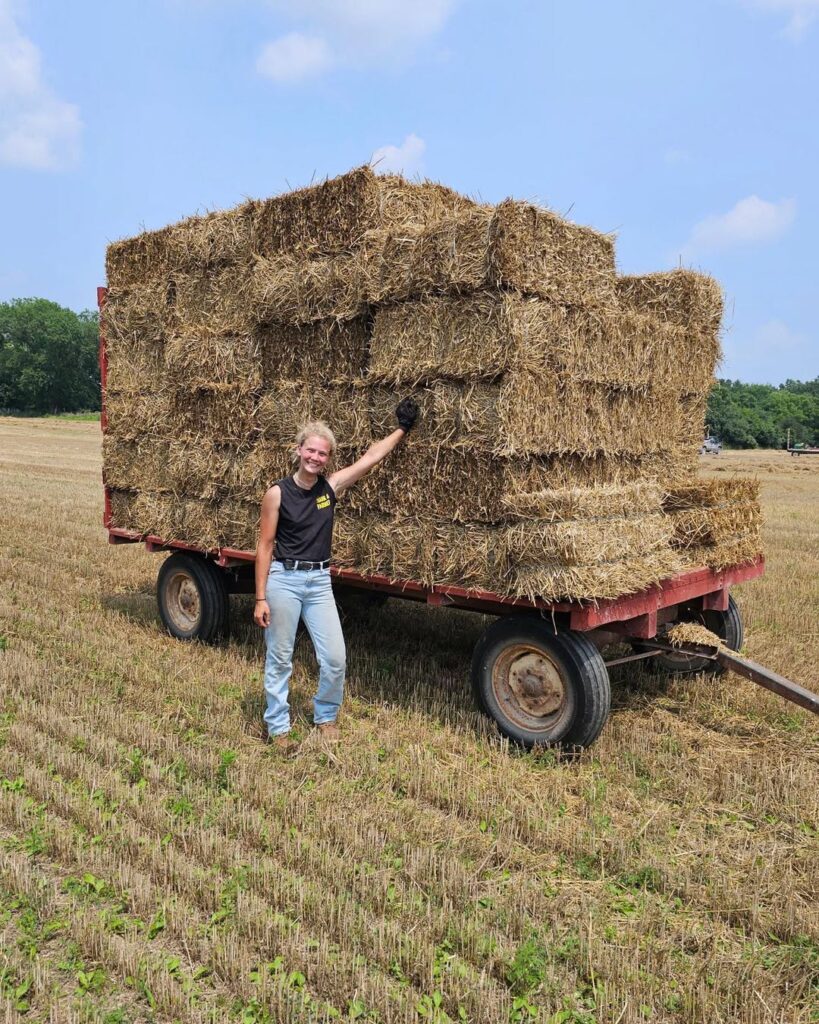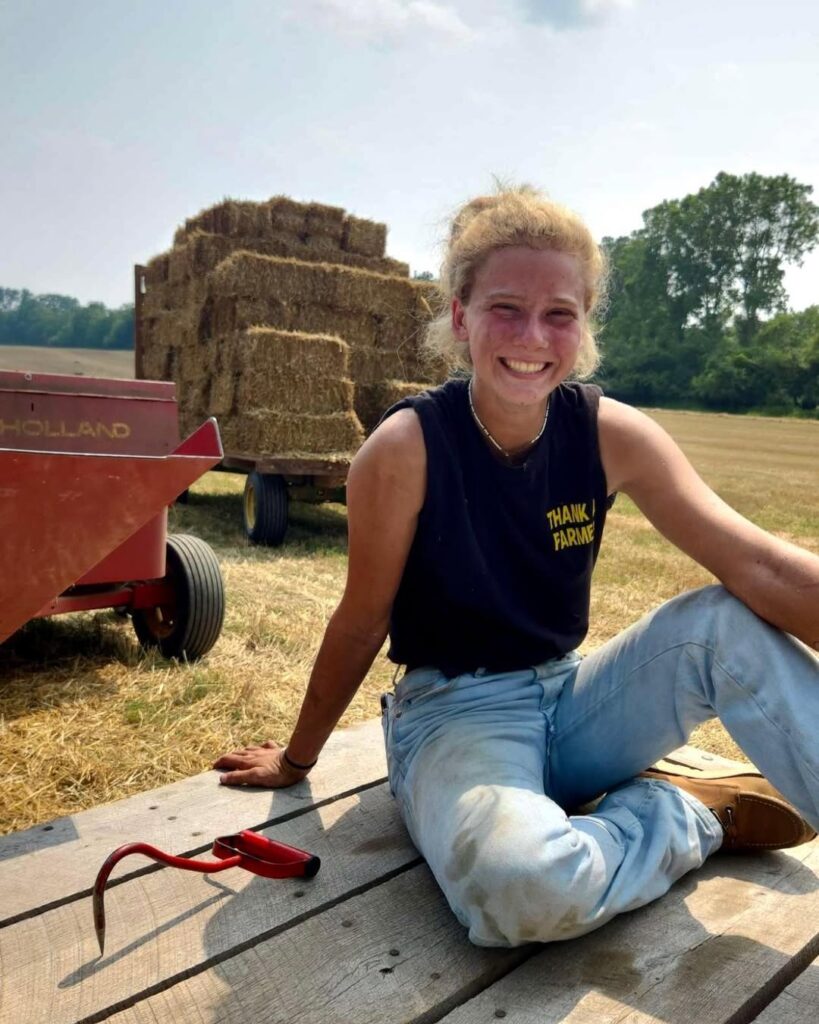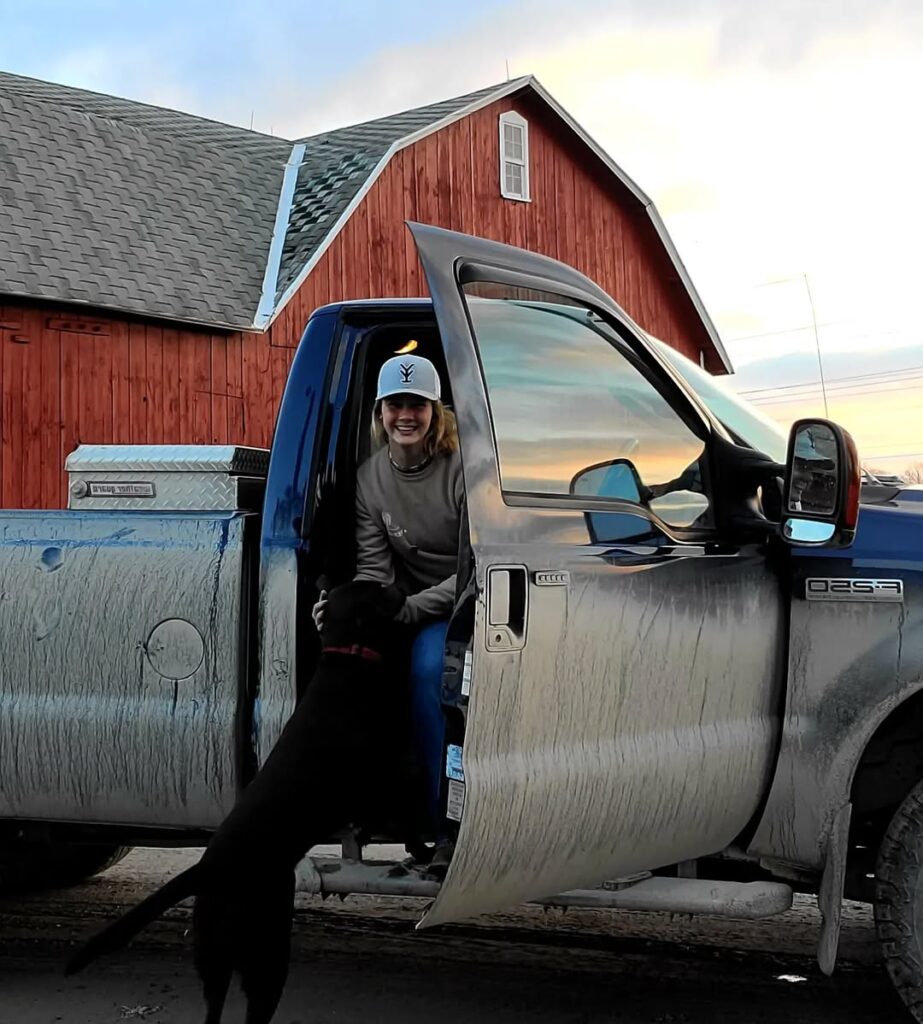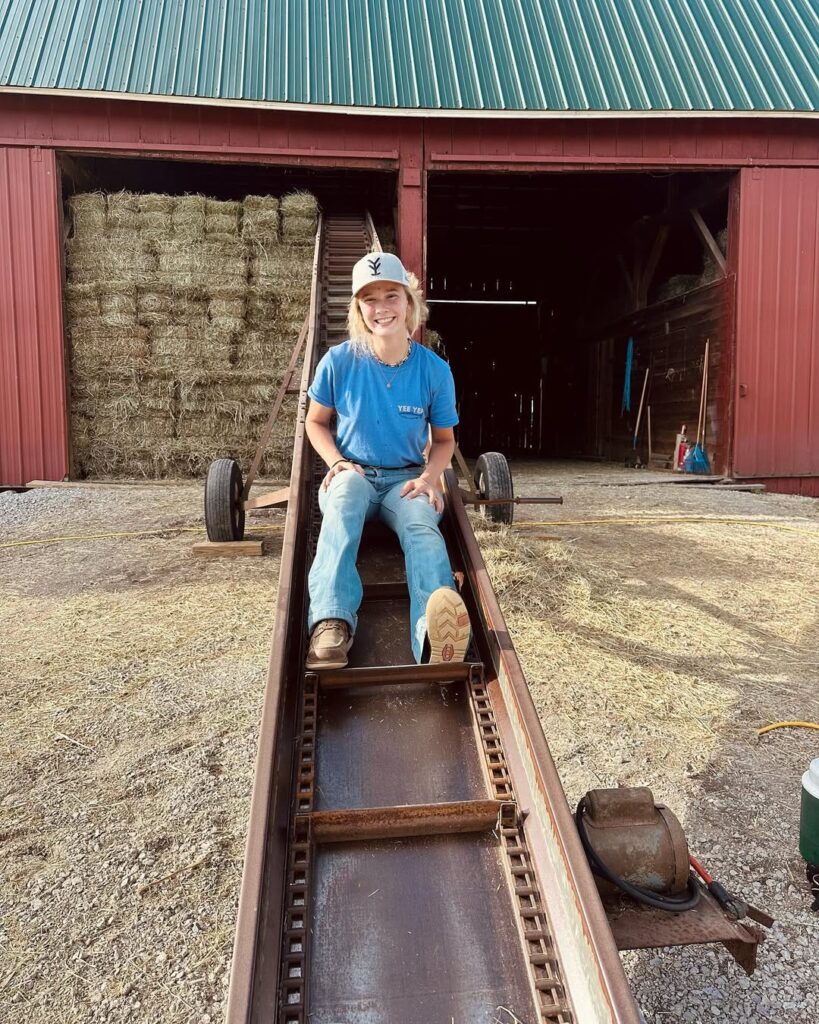For years, I was hooked on the video game Farm Simulator. I loved the sense of control it gave me—the fields, the machinery, the animals, the seasons. There was something incredibly relaxing about managing a digital farm, planting virtual crops, and harvesting them all in the comfort of my chair. But eventually, I found myself wondering what it would be like to experience farming for real. Could I take those skills and turn them into something tangible? So I decided to give it a shot.
This is the story of how I went from virtual farming to real-life agriculture, and what I’ve learned from turning pixels into produce.

From Game to Ground
At first, it was just a curiosity. I had spent hundreds of hours behind the virtual wheel of a combine harvester, sowing wheat fields and raising cows in Farm Simulator. I learned about crop rotation, soil types, and machinery. The game was surprisingly realistic and detailed—it taught me that farming wasn’t just about hard work, but about planning, investment, and understanding nature.
One day, I realized I didn’t want to just simulate the life of a farmer—I wanted to live it. So I rented a small plot of land in the countryside near my town. It wasn’t a thousand-acre estate like in the game, but it was enough for a small vegetable garden, some chickens, and maybe a few fruit trees.
Starting Out Small
The first thing I noticed was how much more effort everything took in real life. In the game, you just hook up the seeder and drive across the field. In reality, I had to test the soil, clear rocks and weeds, and plan my layout carefully. I didn’t have a million-dollar tractor waiting in the garage—I had a used rototiller and a spade.
I began with simple crops: tomatoes, carrots, lettuce, and potatoes. I researched growing zones, planting schedules, and organic fertilizers. My fingers quickly became calloused, my back sore, and my appreciation for farmers multiplied overnight.
Despite the challenges, there was something deeply satisfying about seeing the first sprouts come up through the soil. Unlike the game, where you speed up time to skip a week, I had to wait. But that waiting taught me patience, and when harvest time came, it was more rewarding than any achievement unlocked in a game.

Animals Aren’t Just Icons
In Farm Simulator, caring for animals means making sure they have food, water, and clean stalls. It’s a few clicks and you’re done. In real life? Not so simple.
I started with six hens. Building a coop, figuring out how to protect them from predators, and keeping them healthy was a bigger task than expected. Chickens are loud, messy, and surprisingly individual in personality. They follow you around, peck at your boots, and sometimes stop laying eggs for no clear reason.
Still, gathering fresh eggs in the morning became one of my favorite routines. There’s a rhythm to it—feeding, cleaning, collecting—that grounded me. It connected me to a cycle of life I never noticed when I was stuck behind a screen.
Machinery: Less Glamour, More Grease
One of the coolest parts of Farm Simulator is the machinery. Giant tractors, harvesters, balers—they’re big, expensive, and fun to operate in the game. In real life, though, machinery is expensive, difficult to maintain, and dangerous if used carelessly.
I couldn’t afford big tractors, but I did invest in a small compact tractor with a front loader. Learning how to use it safely took time. I had to understand hydraulic systems, attachments, and basic maintenance. Changing oil, greasing joints, and dealing with breakdowns was an education in itself. I even learned welding to repair a broken part on a plow.
There’s no “repair” button like in the game—you fix it or you wait, and in farming, waiting can mean lost time and lost crops.
Seasons Matter—Really Matter
In the game, seasons can be toggled on or off. In real life, there’s no such option. Nature is the boss. If it rains too much, your field floods. If it doesn’t rain enough, your crops dry up. If there’s an unexpected frost, your young plants might die overnight.
I remember one spring when a late frost killed my entire row of bean plants. I had planted early, eager to get a jump on the season, just like I used to in the game. But nature didn’t care about my ambition. That experience taught me to respect the land and its rhythms—not to rush it.

Community and Connection
One thing that Farm Simulator doesn’t capture is the social side of farming. In real life, farmers rely on each other. I met neighbors who shared tips, lent me tools, and even helped me out when my fence blew over in a storm. In return, I helped them during harvest or when they needed an extra pair of hands.
We traded goods too—I gave them eggs and got honey or fresh bread in return. There’s a sense of connection in rural life that’s hard to explain but deeply fulfilling.
Lessons Learned
Here are some of the biggest lessons I learned from “playing farm simulator in real life”:
- Patience is essential. Everything takes longer than you expect.
- Nature is in control. You have to work with it, not against it.
- Hard work pays off. There’s no shortcut to success—just consistent effort.
- Technology helps, but isn’t everything. Knowing your land and animals matters more than owning fancy equipment.
- Community matters. You can’t do it all alone.

The Best of Both Worlds
Even now, I still play Farm Simulator occasionally. It’s a nice way to unwind, and sometimes it gives me ideas for how to manage my real farm more efficiently. But now, the game feels more like a reflection of my life than an escape from it.
Real-life farming is dirtier, sweatier, and more exhausting than any video game could ever show—but it’s also more rewarding, more meaningful, and more connected. When I bite into a tomato I grew from seed, or see a hen lay her first egg, I feel something no digital game can offer: real, grounded pride.
Final Thoughts
Turning a video game passion into a real-life lifestyle isn’t for everyone—but it’s been one of the most fulfilling journeys of my life. Farm Simulator may have started as entertainment, but it sparked something deeper in me: a love for the land, for animals, and for a lifestyle rooted in purpose and persistence.
If you’ve ever wondered what it would be like to take your gaming into the real world, I say try it. Start small. Plant something. Raise a few chickens. See what happens. You might just find that the real “game” of life on the farm is the most rewarding one of all.



